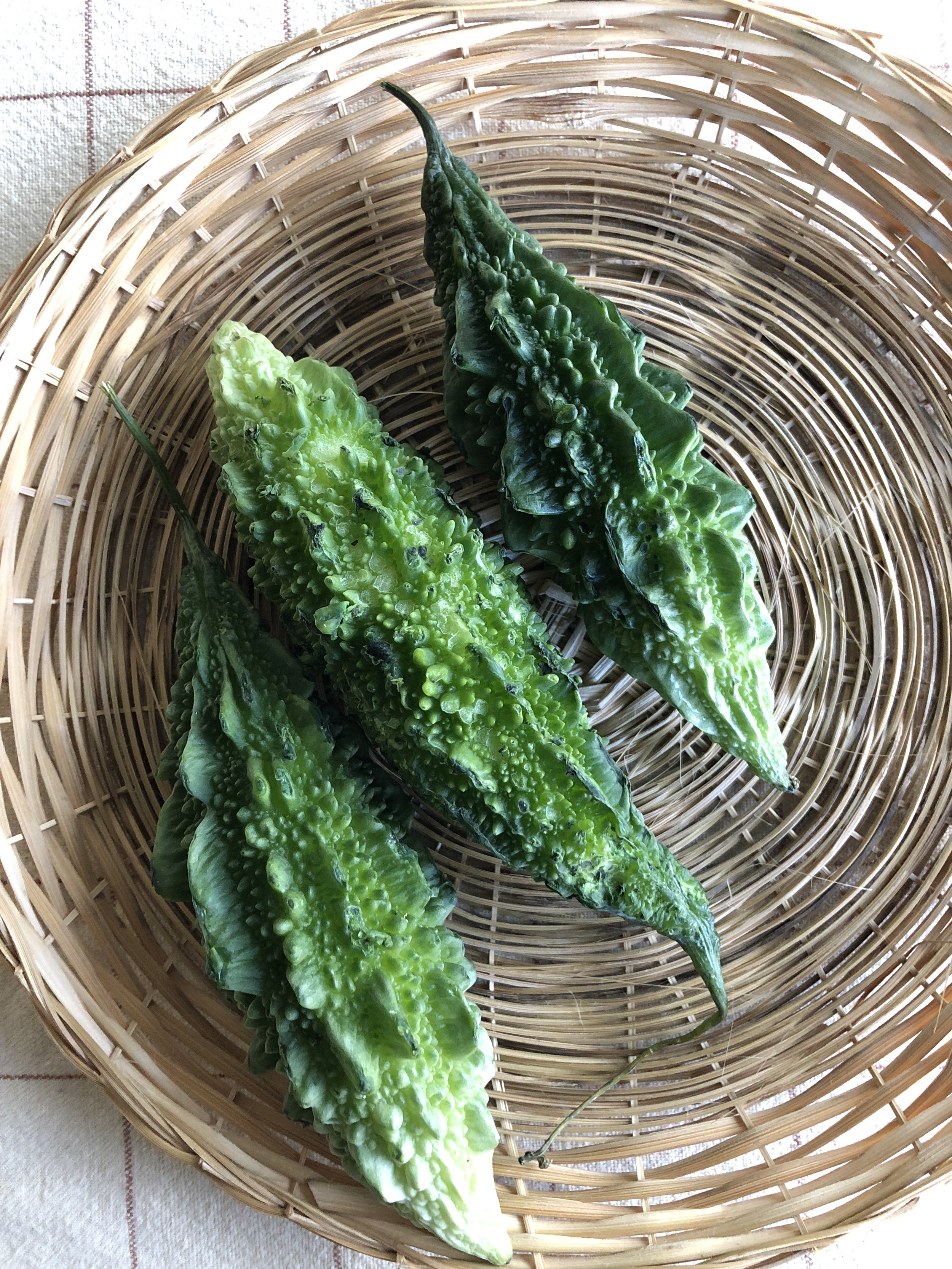Bitter for Dessert?
In the Ayurvedic meal protocol, the bitter taste is consumed last, in order to cleanse the palate, signify to the brain that the meal is over and digestion may begin. By contrast the Sweet taste is eaten first in order to get the taste buds going, to rev up the digestive furnace and fill the body with the pleasurable and eager anticipation of food! So of course, when we eat the sweet taste last or completely skip eating the bitter taste, we are left with a mysterious craving for the sweet taste even after a fully satisfying meal! Yes, Ayurveda says eat dessert first!
The tradition of enjoying the bitter taste after a meal, as a 'digestif' seems to be a universal one. In some cultures, it is a bitter drink, called bitters for short; usually a decoction of roots and herbs in alcohol. In India, fresh betel leaf is chewed after a meal to act as a digestive. The leaf by itself is astringent, spicy and bitter. It is often used a wrap for spices and delicacies like roasted fennel, sweetened ginger, rose petal jam, dried coconut, etc. to make Paan. Paan traditions vary according to region and families even have their own recipes. A Paan serves to cleanse the palate after a meal, in addition to boosting digestion and even acts as a small one-bite dessert.
Those of us who are more Pitta than others (more Fire in the constitution, wiry in physique, hunger cues to set a clock by, easy to rise and get going, prone to become irritable under stress…) love and crave the bitter taste. It is hard to come by in modern day diets, unless one eats bitter greens regularly. More often, this taste is sought after in bitter chocolate, coffee, or even alcohol. While all these have their place, they are not necessarily what I consider foods, more fuels.
The bitter taste in nature has drying, cooling, scraping, decongesting, cleansing and detoxifying actions. It is the taste nature makes an abundance of in Spring, when all of those actions are needed by the human body. Berries, fresh and young leaves, and some edible bulbs have this taste in plenty! Even domestic pets will go out and eat some greens to cleanse themselves in the spring time!
Enter the bitter melon – easily available in an Indian or Asian market. I prefer the more ridged and smaller Indian variety because it is more bitter than its Chinese cousin, a larger and smoother fruit. Bitter melon has blood sugar regulating and insulin-sensitizing properties, in addition to being a powerful microbial cleanser. It is very valuable in blood and skin disorders. Its juice is great for everyday blood sugar levelling especially after a heavy carb meal. It is cooked all over India, in various dishes.

As a child, I would cringe when it was on the day's menu, but as an adult, my Pitta nature loves this fruit and its natural, clean, fresh bitter taste. I like to juice it in a blender, and drink a shot after a meal for better glucose regulation. I actually miss it when I eat out - there is demand and a sizable market out there for bitter deserts besides chocolate for Pitta people like moi!
Note: If taking insulin, blood sugar regulating medicines, and/or blood pressure medications, talk to your doctor before adding bitter melon to your protocol. Medication dosages may need to be adjusted.
To prepare bitter melon juice with a blender:
[gallery ids="1005,1004" type="rectangular"]
- Pick firm and green fruit that have a pleasant characteristic aroma.
- Wash and cut the fruit length-wise.
- Scoop out the creamy pith and seeds with a spoon and discard.
- Dice the fruit and add to a blender jar. Add 1 cup of filtered water for 2 small diced fruit.
- Blend well. The juice will look foamy coming out of the blender. Pour through a fine-mesh sieve into a clean glass jar.
- This juice will keep for 3-5 days in the fridge.
- Drink a shot after the biggest meal. (Or if you are like me, steal a refreshing sip after a walk or exercise!).
